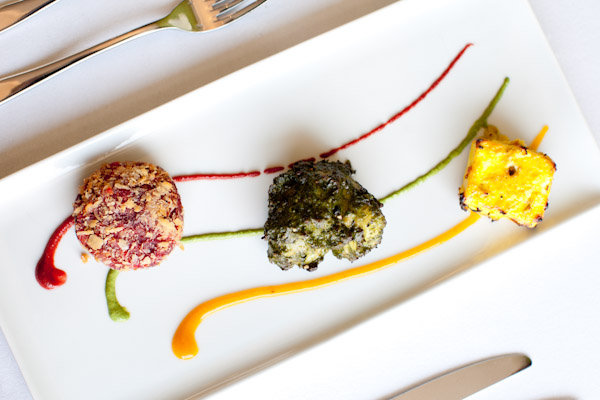How The Climate Of India Affects The Cuisine

The irresistible cuisine of India is based on diversity. Firstly, the rich repertoire of recipes the nation offers must give a nod to the diversity of ethnicities that have called India home over the centuries. From the Portuguese settlers bearing their luscious spices and chilli peppers, to the conquering Mughals with their predilection for luxurious sauces and opulent banquets, these ethnicities have brought a variety of interesting dishes to the Indian table.
Second of all, we have the diversity of religion to thank for the extensive Indian menu. The large Hindu and Jain population of the sub-continent, along with their beliefs that to harm any living creature is a sin, have ensured that Indian cuisine offers a huge range of delectable vegetarian offerings. In comparison, the substantial Muslim population has brought with it succulent meat dishes aside, of course, from pork.
Finally, the diversity of the climate and the varied landscapes which make up the lay of the subcontinent’s land play a pivotal part in the cuisine of the country. For a culinary tradition that is based on the agricultural produce and natural bounty of the land, the climate and topography have a drastic effect on the dishes that emerge from the kitchens of the different regions.
The far north of India, where the mighty Himalayan Mountains provide a natural border at the edge of the country, experiences temperate climates with bitterly cold winters but cool summers that allow a variety of crops to thrive. Fruit and nuts play an important role in dishes in this region – walnuts, in particular, grow abundantly here.

Moving south, away from the mountains, the terrain evolves into spacious, grassy plains, deep valleys and flowing rivers. The revered Ganges and the Indus irrigate this land, providing fertile soils, ideal for growing rice and crops as well as providing freshwater fish and crustaceans. The people of this part of the country depend on farming and fishing for sustenance.
As this part of the country runs further south, it forms a plateau, surrounded by craggy mountains. This part of the country is dominated by tropical jungle and farmland rich in pulses, vegetables, grains and rice.
Moving on to the eastern coastline and coconuts begin to appear in a variety of dishes as well as more seafood, rice and vegetables, thanks to the intricate network of river tributaries. The eastern coast receives a high level of rainfall whilst further west, the conditions become more arid and desert-like. In the desert regions, crops struggle to grow and so there is a reliance on dried produce and food that will keep.
Finally, the exotic southern states that lie closest to the equator experience the heat of the sun all year round, as well as the blustering, seasonal monsoons that provide an ideal environment for some exotic fruits and vegetation but can also have a detrimental effect on crops that cannot withstand the deluge.

The creativity of the Indian people, as well as the diversity of ingredients with which they have had to work with, are two of the factors that make Indian cuisine so special. Visit one of Henderson’s best Indian fine dining restaurants and experience for yourself a range of delicious recipes inspired by the authentic dishes of India.